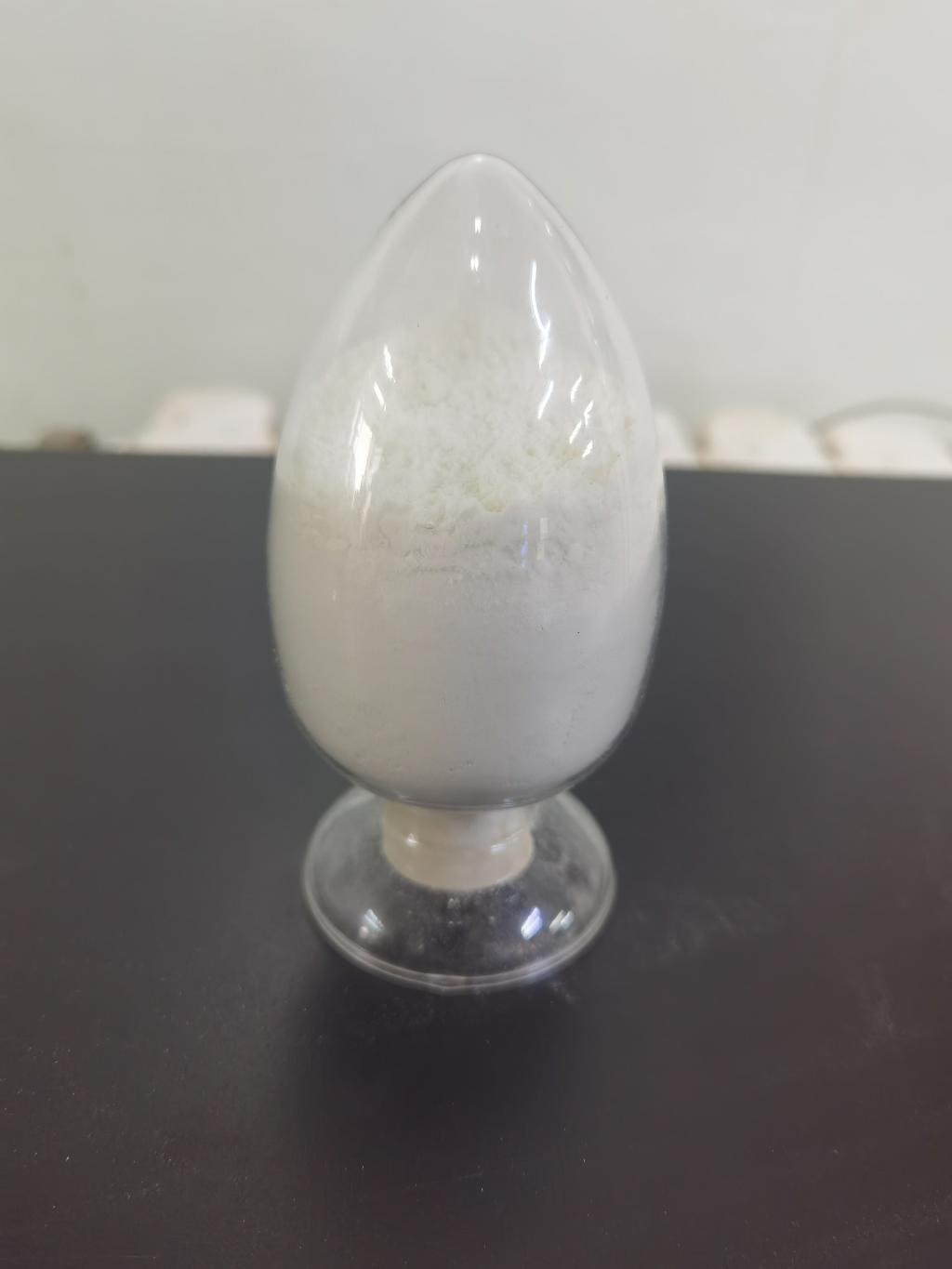Tel:+8618231198596

News
 CONTACT
CONTACT
 CONTACT
CONTACT
- Linkman:Linda Yao
- Tel: +8618231198596
- Email:linda.yao@dcpharma.cn
- Linkman:CHARLES.WANG
- Department:Overseas
- Tel: 0086 0311-85537378 0086 0311-85539701
News
ε-Polylysine hydrochloride's potential in controlling microbial growth in agricultural products.
TIME:2024-05-20
Mechanisms of Action
ε-Polylysine hydrochloride is a cationic homopolymer of L-lysine produced through the fermentation of Streptomyces albulus. Its antimicrobial efficacy is primarily due to its ability to disrupt microbial cell membranes. The positively charged ε-PL molecules interact with the negatively charged components of microbial cell membranes, increasing their permeability. This interaction leads to the leakage of cellular contents and ultimately cell death. ε-PL is effective against a broad spectrum of microorganisms, including Gram-positive and Gram-negative bacteria, yeasts, and molds.
Benefits of ε-Polylysine Hydrochloride in Agricultural Products
1. Broad-Spectrum Antimicrobial Activity
ε-PL exhibits potent antimicrobial activity against a wide range of pathogens and spoilage microorganisms commonly found in agricultural products. These include bacteria such as Escherichia coli, Salmonella spp., Listeria monocytogenes, and fungi such as Aspergillus niger and Penicillium spp. This broad-spectrum activity ensures comprehensive protection against microbial contamination.
2. Natural Origin and Biodegradability
As a naturally derived antimicrobial agent, ε-PL aligns with the growing consumer and regulatory demand for natural and sustainable solutions. Its biodegradability ensures that it does not persist in the environment, mitigating concerns associated with the accumulation of synthetic chemicals.
3. Low Toxicity and Safety
ε-PL is characterized by low toxicity and minimal risk of allergic reactions, making it safe for use in food and agricultural products. Toxicological studies have demonstrated its safety for human consumption, supporting its use as a preservative in agricultural applications.
4. Stability Across Various Conditions
ε-PL remains effective under a wide range of environmental conditions, including different temperatures and pH levels. This stability ensures its efficacy in diverse agricultural settings, from field applications to post-harvest treatments.
Applications in Agricultural Products
1. Post-Harvest Treatments
Post-harvest treatments are critical for extending the shelf life and safety of fresh produce. ε-PL can be applied as a coating or wash for fruits and vegetables to prevent microbial contamination and spoilage. Its broad-spectrum activity and safety profile make it suitable for preserving the quality of produce during storage and transportation.
2. Animal Feed Preservation
Microbial contamination in animal feed can lead to spoilage and health issues in livestock. ε-PL can be used as a preservative in animal feed to inhibit the growth of pathogenic bacteria and molds, ensuring the safety and nutritional quality of the feed.
3. Crop Protection
ε-PL can be incorporated into crop protection strategies to control microbial diseases in plants. It can be applied as a foliar spray or soil treatment to prevent infections by pathogenic bacteria and fungi, reducing crop losses and enhancing yield.
4. Seed Coatings
Seeds are susceptible to microbial contamination, which can affect germination and crop performance. ε-PL can be used in seed coatings to protect against seed-borne pathogens, promoting healthy seedling development and improving crop outcomes.
5. Aquaculture
In aquaculture, microbial contamination of water and feed can lead to disease outbreaks among aquatic organisms. ε-PL can be used to control microbial growth in aquaculture systems, enhancing the health and productivity of fish and shellfish.
Regulatory Considerations
1. Safety Assessments
For ε-PL to be widely adopted in agricultural products, comprehensive safety assessments are necessary. Regulatory bodies such as the U.S. Food and Drug Administration (FDA) and the European Food Safety Authority (EFSA) require extensive toxicological data to ensure that ε-PL is safe for use in food and agricultural applications. Studies on its toxicity, allergenicity, and long-term exposure effects are crucial for gaining regulatory approval.
2. Compliance with Agricultural Regulations
Agricultural products must comply with regional regulations that govern the use of preservatives and antimicrobial agents. In the United States, the Environmental Protection Agency (EPA) and the FDA oversee the use of such substances in food and agricultural products. In Europe, the EFSA provides safety assessments and regulations. ε-PL must meet the criteria set by these regulatory bodies to be approved for use in agricultural applications.
3. Labeling Requirements
Accurate labeling of agricultural products containing ε-PL is essential for consumer transparency and regulatory compliance. Labels must indicate the presence of ε-PL, its concentration, and any potential allergens. This ensures that consumers are informed about the ingredients in their products and can make safe choices.
Future Prospects and Research Directions
1. Enhanced Formulations
Ongoing research aims to optimize the formulations of ε-PL for enhanced stability and efficacy in agricultural products. Innovations in delivery systems, such as encapsulation or combination with other natural preservatives, can further improve its antimicrobial properties and broaden its application spectrum.
2. Synergistic Combinations
Combining ε-PL with other natural preservatives or antimicrobial agents can create synergistic effects, enhancing overall antimicrobial efficacy. Research into such combinations can lead to more effective and efficient preservative systems, reducing the required concentrations of each component and minimizing potential adverse effects.
3. Consumer Acceptance
As consumers increasingly seek natural and safe agricultural products, ε-PL's natural origin and safety profile can drive its acceptance in the market. Educating consumers about the benefits of ε-PL and its role in ensuring product safety can enhance its adoption in agricultural applications.
4. Environmental Impact Studies
While ε-PL is biodegradable, further studies on its environmental impact can provide valuable insights into its sustainability. Research into its degradation pathways and effects on ecosystems can support its use as an environmentally friendly preservative.
Conclusion
ε-Polylysine hydrochloride offers a promising solution for controlling microbial contamination in agricultural products. Its broad-spectrum antimicrobial activity, natural origin, low toxicity, and compatibility with various agricultural practices make it an attractive alternative to traditional preservatives. By ensuring the safety and quality of agricultural products, ε-PL can meet the growing demand for effective and natural preservative systems in the agricultural sector. As research and regulatory efforts continue, ε-PL is poised to become a key component in the formulation of safe, sustainable, and environmentally friendly agricultural products.
- Tel:+8618231198596
- Whatsapp:18231198596
- Chat With Skype







